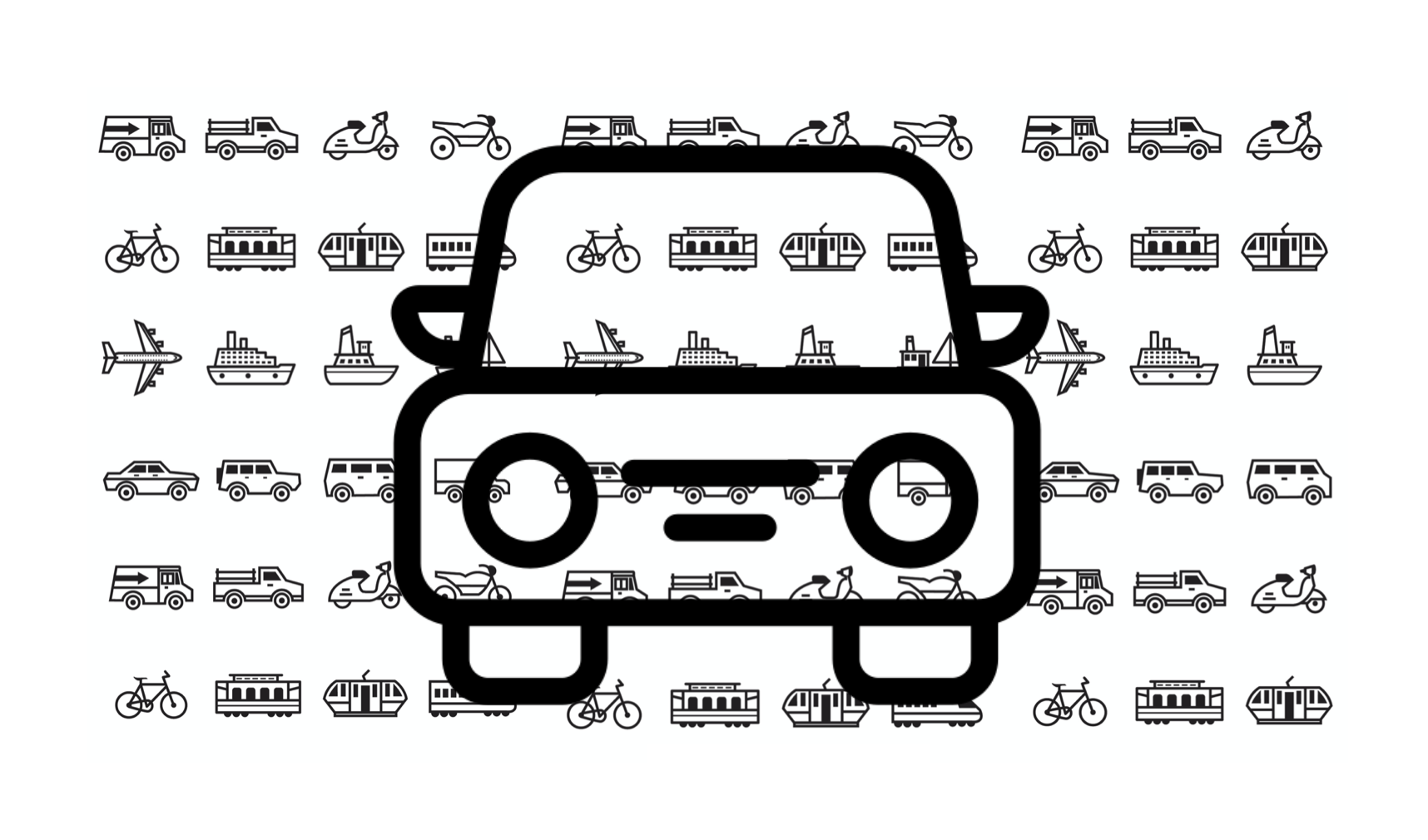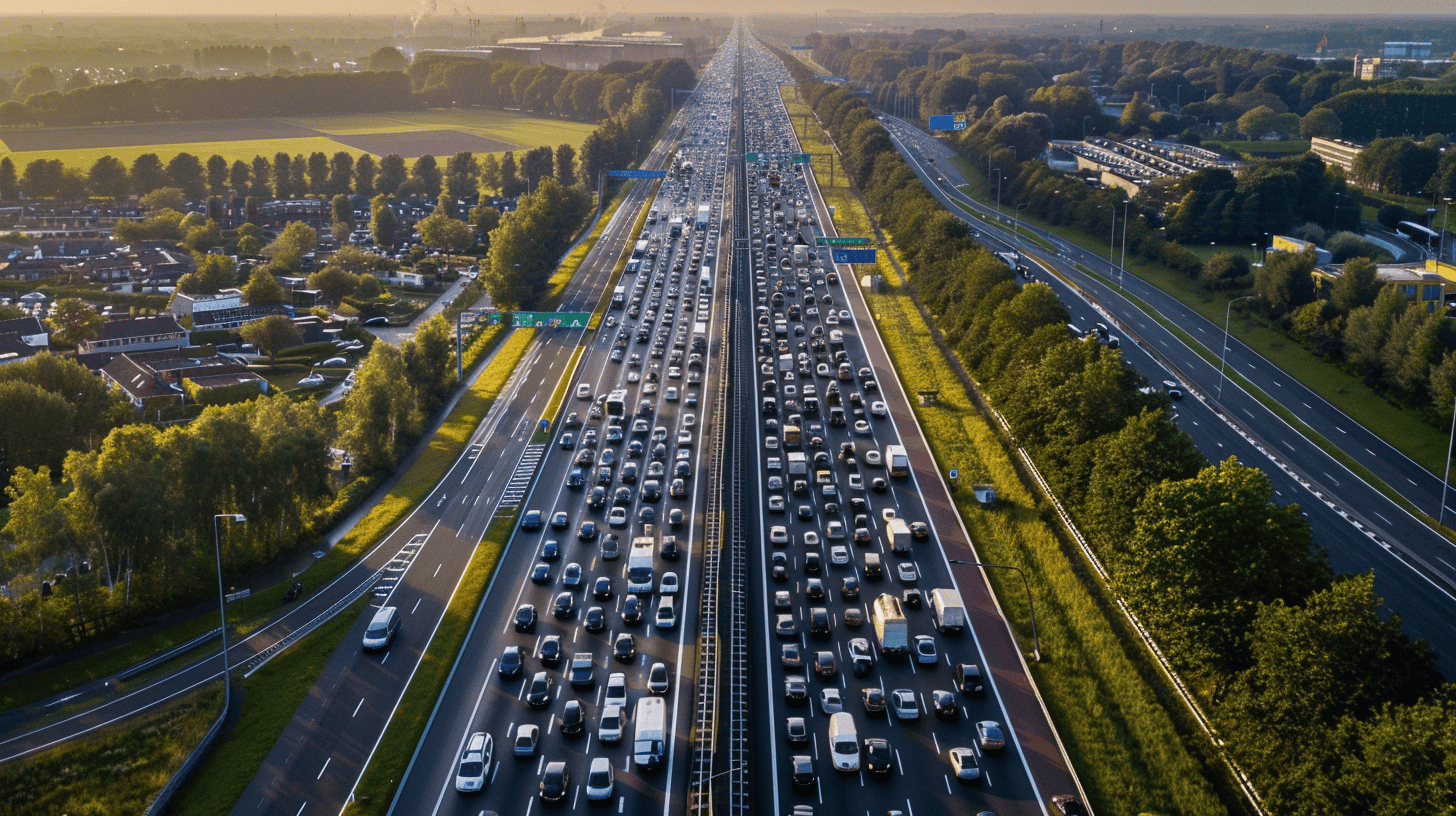
What exactly are the costs of mobility? Not only for the user but also for society. What does the infrastructure cost and what is the consequential damage caused by all the adverse effects of mobility? It is very difficult to determine exactly what a certain modality costs society if everything is taken into account. A detailed reflection for the Netherlands can be found in CE Delft‘s 2014 report External and infrastructure costs of traffic. It shows that a car is costing the state 11.5 cents per kilometer, but it yields almost 13 cents per kilometer in taxes and excise duties.

This is, therefore, approximately budget-neutral for society as a whole. Public transport is costing the state about 33 cents per passenger-kilometer in infrastructure, external costs, and subsidies, only 3 cents of which is recouped in charges. The bicycle is a revenue-earner for the government, and benefiting society. The economic advantages of healthier people outweigh the costs of constructing bike paths and damage caused by falls.
In addition to the costs for the state, travelers also pay their share of course. On average, public transport costs the traveler about 15 cents per kilometer, while cycling maintenance and depreciation will cost about 10 cents per kilometer. According to the ANWB, one can drive a car for about 30 cents per kilometer, of course depending on many variables. But one of the most underestimated trends is that that this price can drop very fast. This is mainly due to the most disruptive effect of electric vehicles: due to less maintenance, fewer parts, cheaper ‘fuel’, and increasingly cheaper batteries, a further drop in costs is in sight.
We are approaching the point where driving becomes cheaper than public transport, not only for the government but also for the user. This can already be the case with a used car, for example with a reliable older car that no longer has any depreciation.
Following a discussion with a public transport expert who didn’t want to believe me on this, I bought a 1998 Mercedes E-Class with only 100,000 kilometers on its counter a year and a half ago. Not the most beautiful Mercedes ever, but very solid. It doesn’t invite speeding and is already equipped with a three-way catalytic converter, airbags, ESP, and ABS. I’ve also fitted it with a Mobileye accident prevention system to protect the occupants and bystanders.
After a year and a half of regular maintenance and some minor breakdowns, this car turns out to have cost me 28.9 cents per kilometer. More than half of that has gone to the state treasury as ample compensation for the mentioned societal costs. In that year and a half, there were on average 2.1 people in the car, it is very popular with my children and their friends. So that adds up to 13.8 cents per passenger-kilometer for this majestic transport. Soon an LPG installation will be installed, in order to be able to drive it even cheaper and immediately more environmentally friendly.
This is a car with more than a thousand essential parts that all move, require maintenance, and can break down. Electric vehicles have far fewer parts, and especially fewer moving parts. It’s precisely because of this that they will eventually gain this battle on price. That price will drop towards 10 cents per passenger-kilometer, even with a fair form of excise duty for electric vehicles. In a few years, only walking will be cheaper.
Whether this is a good development or not, I’ll leave it at that, but one thing I’m sure of: at the end of the day cars are going to be dirt-cheap.
Maarten Steinbuch and Carlo van de Weijer are alternately writing this weekly column, originally published (in Dutch) in FD. Did you like it? There’s more to enjoy: a new book with a selection of these columns has just been published at Lecturis.








